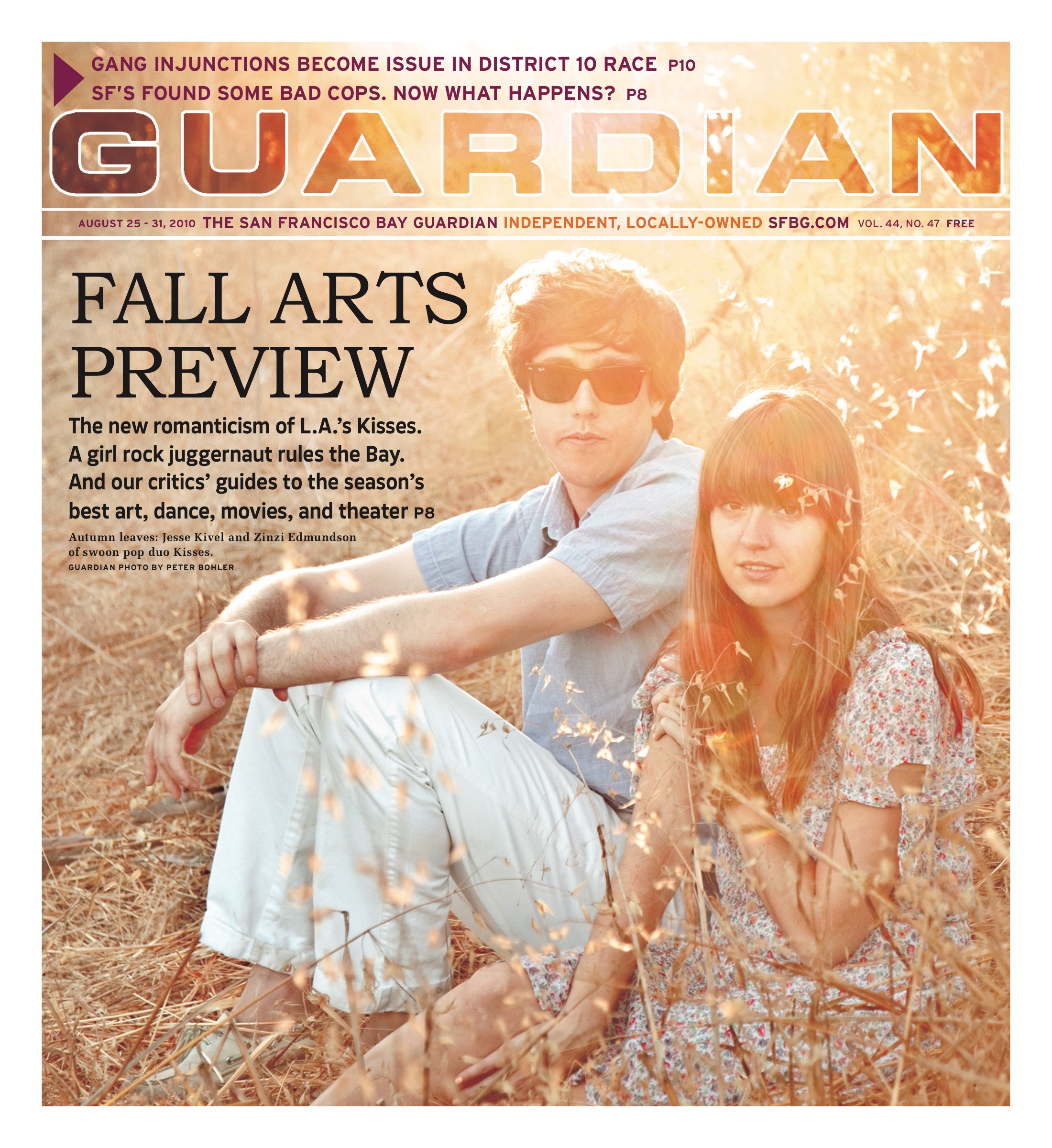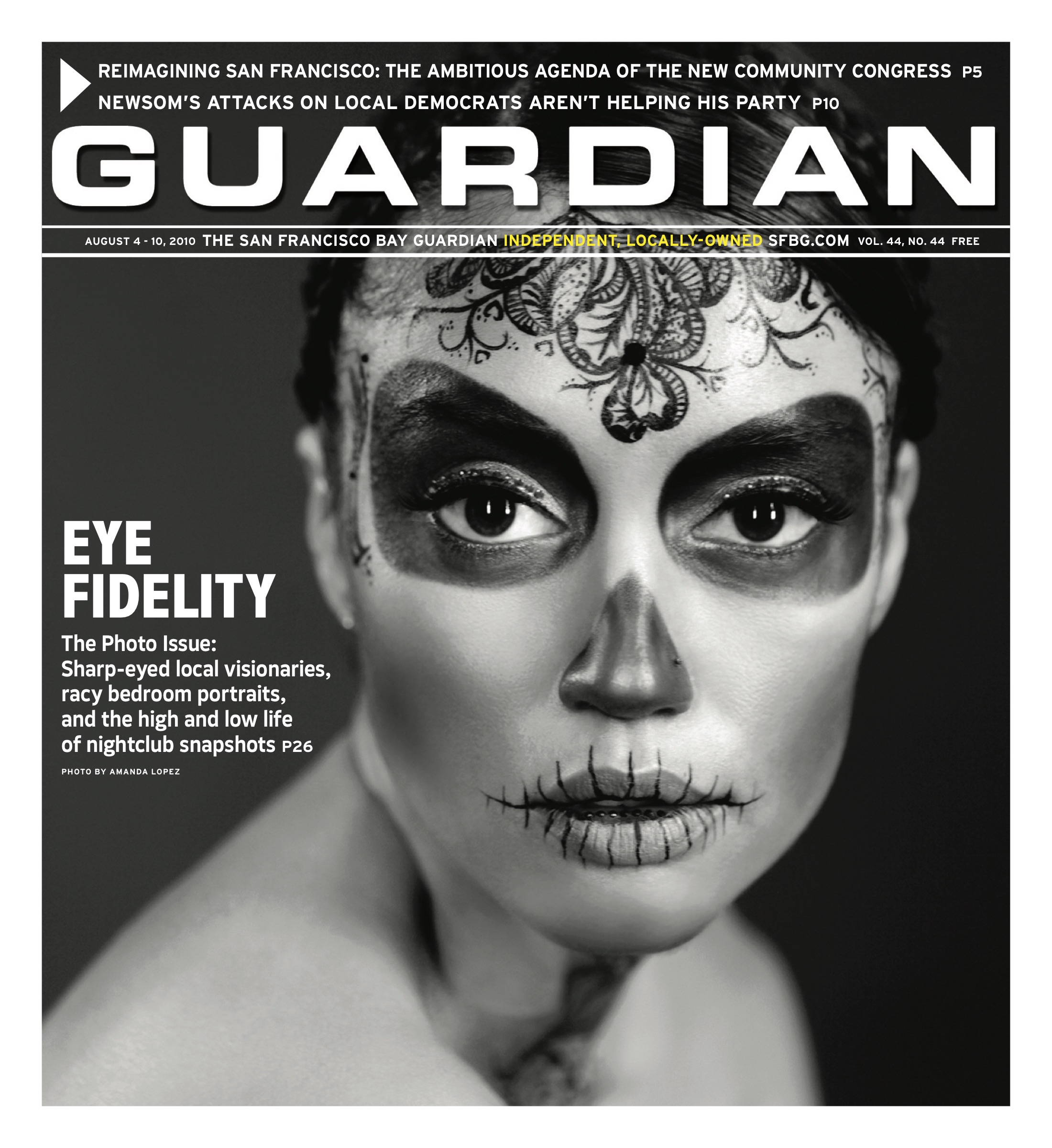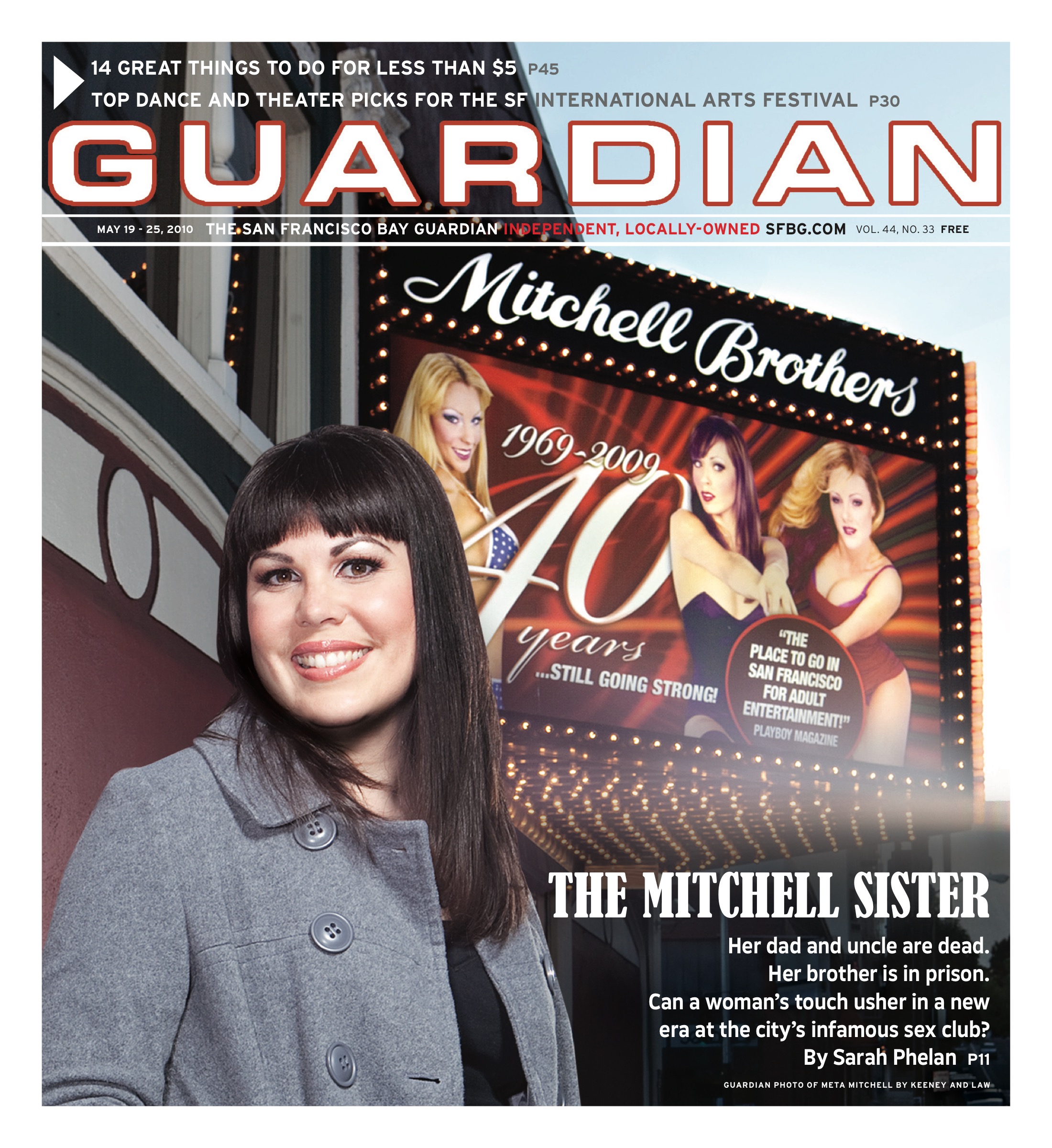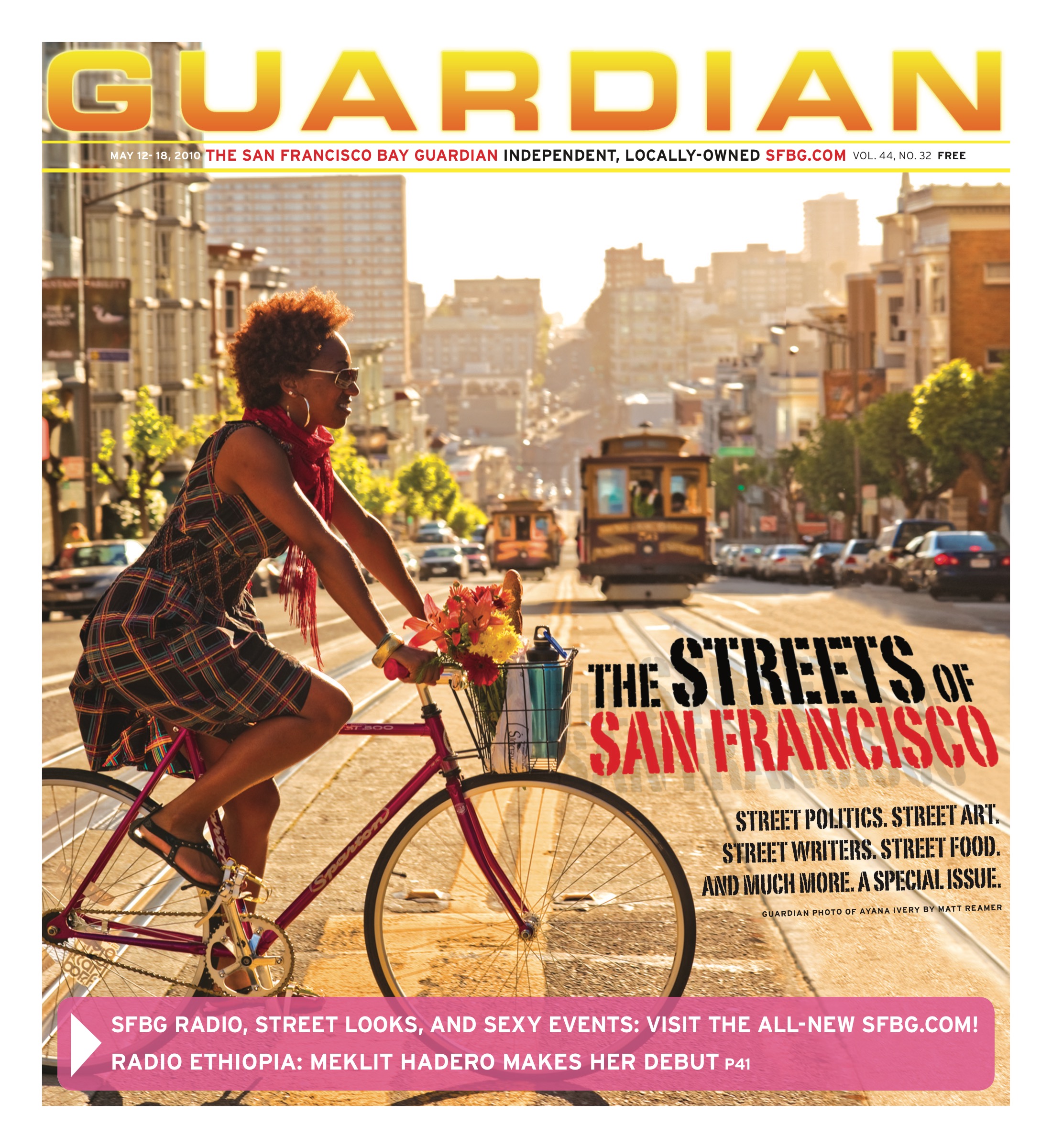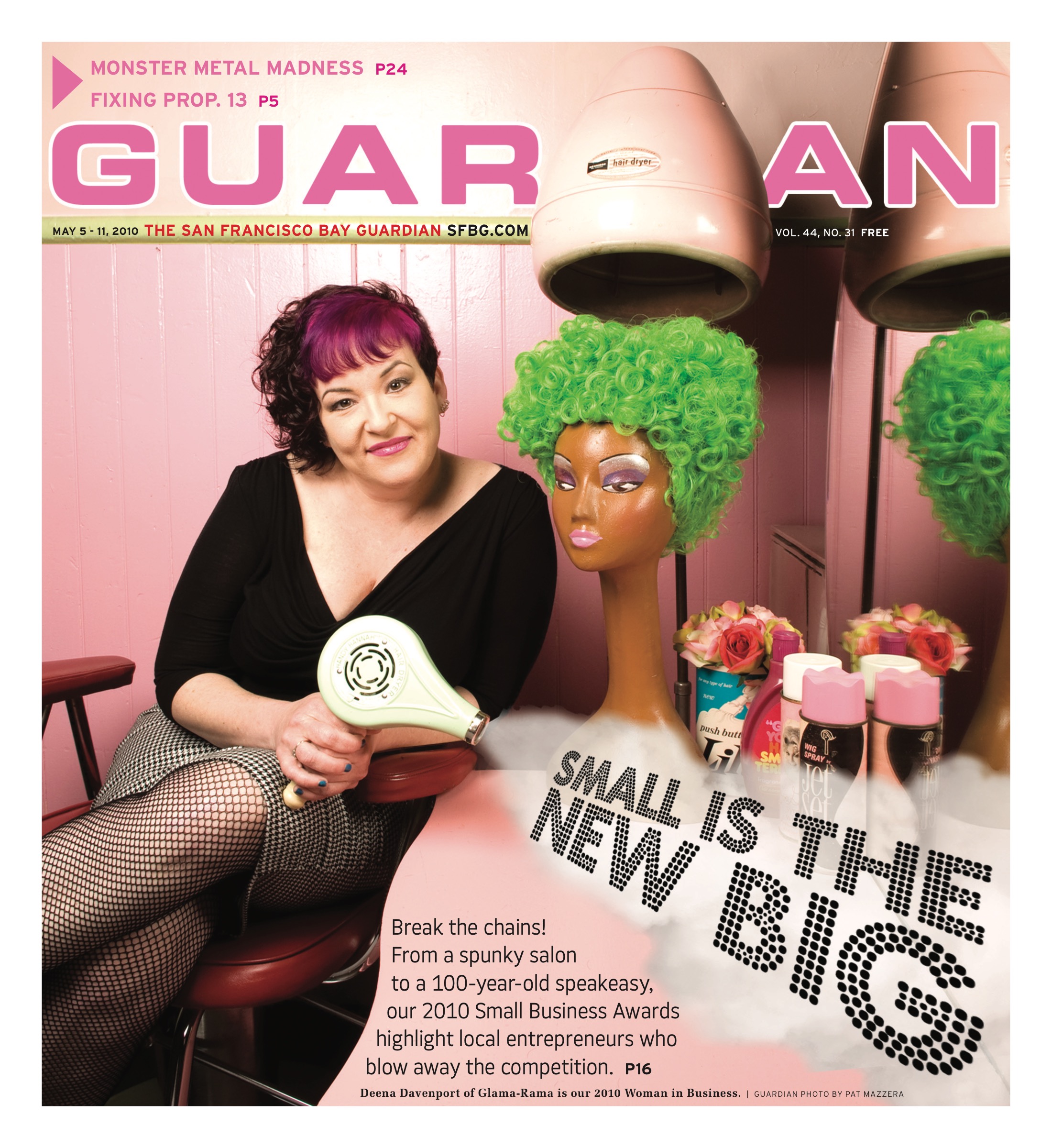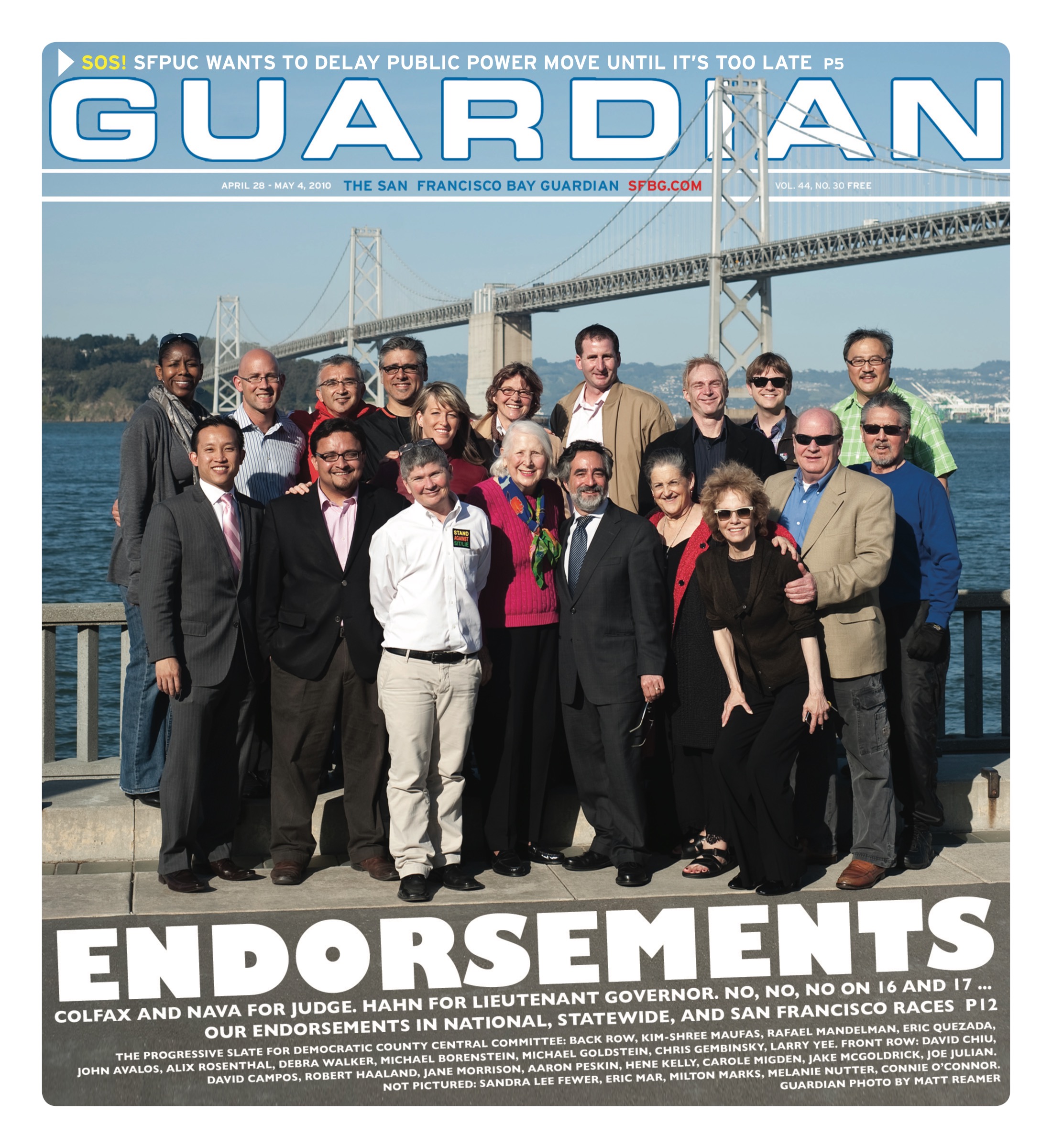paulr@sfbg.com
DINE You can’t be stunned when a restaurant near the baseball park — and Spire is just steps away — has a big flat-panel TV showing Giants’ games. Spire has such a TV, so let’s grant a modicum of kudos for its public-spiritedness. Or at least its awareness of what its clientele is likely to find interesting. But the glowing oracle of sportsdom, while conspicuously slung from a wall just inside the entrance, isn’t the restaurant’s most distinctive design feature. That would be what I can only call the charcuterie bar — a gleaming slab of peach-colored granite that’s a little like the cured-meat equivalent of a sushi bar, except you can’t sit at it and order things. You can only watch, wondering if you’ve stumbled onto a secret Food Network set, and where are the klieg lights and cameras?
Despite the lack of seating, the presence of the bar does announce that food is serious business at Spire. This is no sports bar — although a word of warning — the place is noisy, a vibratorium. The building is a converted MJB coffee warehouse, and the exposed brick walls are braced by a line of triumphal arches. But whatever relief from impinging decibels the high ceiling might have provided is offset by the rock-hard flooring.
Naturally, chef Laird Boles’ kitchen turns out a charcuterie platter, and there’s also a selection of raw seafood, with crudo, ceviche, and oysters. (Boles once cooked at Waterbar.) But the menu, mostly, is farmers-markety. So a salad ($9) of stone fruit and Laura Chenel goat cheese wasn’t assembled atop any old lettuces but atop County Line 5 leaves; these were immaculate, and the stone fruit (cherry halves and wonderfully ripe nectarine) wasn’t too shabby either. And nothing says summer quite like stone fruit unless it’s corn, as in a sweet corn soup ($6) with the kernels puréed and food-milled to a bisque-like smoothness. “Sweet” wasn’t an idle modifier here, and I ended up having to ask for salt, more as matter of personal taste than in response to a miscue. Sweetness can be flat; salt deepens it and adds an extra dimension. Other extra dimensions included a dollop of sour cream in the soup itself and, alongside, a pair of puffy-crisp corn fritters riding the rails of piquillo-pepper coulis.
Chicken, we were advised some years ago by Anthony Bourdain, is the dish for people who can’t decide what they really want. This might sometimes be true, but it doesn’t do justice to the bird, which, if handled right, can be splendid. Spire’s half-chicken ($20), a Rocky the Range leg and breast, had the marvelous crisp skin and slightly pressed look I associate with the Italian technique known as al mattone, or under a brick. The chicken was presented with two pucks of savory bread pudding, a stack of sautéed mixed beans — haricots verts and wax (n.b. the menu said “haricots verts,” small proof of the larger principle that menu cards tend to be advisory rather than strictly honored) — a heap of sautéed baby shiitakes, and a fabulous reduced jus.
If you do know what you really want, you might very well want halibut ($24), and this is good, because halibut is just about the perfect fish in these parts. It’s taken from sustainable fisheries, it takes well to a variety of cooking techniques, and it tastes good. Here a thick filet was pan-roasted, then plated with lemon grits, tarragon leaves, and tomato quarters — a colorful, tasty ensemble redolent of the season.
It is rare now to have a disappointing dessert, but it’s probably just as rare to come across a dessert so rich you wonder if you can finish it. Spire’s chocolate almond layer cake ($8) looked unassuming enough: a modest, dark-brown disk with a comet’s tail of pitted cherry halves and streaks of caramel sauce, little embellishments that added visual texture while also implying that reinforcement was at hand should the star player be found wanting. But the cake itself was so engulfingly rich and moist, dessertdom’s answer to foie gras, as to obliterate any such need. I have never had a richer, moister cake. It was so satisfying as to be nearly fatal. But I did live to tell, and now I have told.
SPIRE
Lunch: Tues.–Fri., 11:30 a.m.–2 p.m.
Dinner: Tues.–Thurs., 5:30–10 p.m.; Fri.-Sat., 5:30–11 p.m.
Brunch: Sun., 11 a.m.–3 p.m.
685 Third St., SF
(415) 947-0000
Full bar
AE/MC/V
Noisy
Wheelchair accessible




